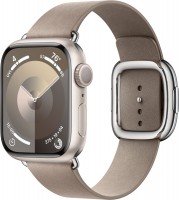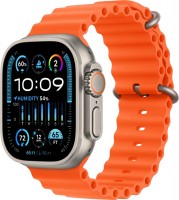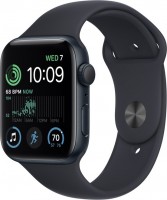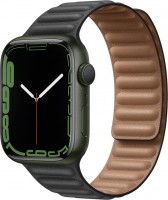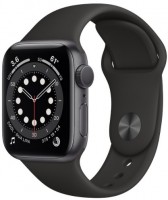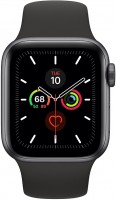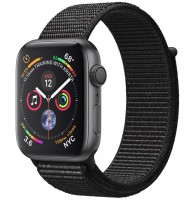Smartwatches & Trackers Apple series Watch 7
prices on 3 modelsApple Watch 7
Otherwise, the shapes of the Apple Watch 7 remain the same, the straps are the same, so most users are unlikely to notice the difference. Rather, the OLED LTPO display catches the eye, which, thanks to thinner frames, has increased by 20% compared to the last generation. This is a significant increase in area, thanks to which there is now enough space on the display for a full-fledged keyboard.
 |
According to Apple's master plan, a brand new Apple S7 processor was supposed to debut in the "seven", but the pandemic confused all the cards, and the S6 processor familiar from Watch 6 was used in the watch. The issue with battery life was solved in a peculiar way ― the battery holds the same 18 hours, but there was a quick charge with a USB-C connector, which in 40 minutes can replenish up to 80% of the charge of a completely dead device.
According to rumors, the Apple Watch 7 was supposed to have a built-in glucose metre, which would keep company with many other pieces to monitor the physical condition of the user. As a result, there was no blood glucose metre, so purely at the sensor level, the "seven" does not actually differ from the "six": there is a good old heart rate monitor, an ECG sensor, a pulse oximeter for measuring blood oxygen levels, a sensor for the correct operation of a smart alarm clock, an activity tracker and a pedometer on board.
Fans of outdoor activities and extreme sports will find a built-in altimeter, compass, barometer and GPS module. The Wi-Fi module, like last year, can work at a frequency of 5 GHz, the built-in NFC can be used for contactless payments, and versions with the Cellular prefix can replace a smartphone. All this stuff is packed in a metal case with dust protection (IP6X) and deep-sea diving (WR50).


